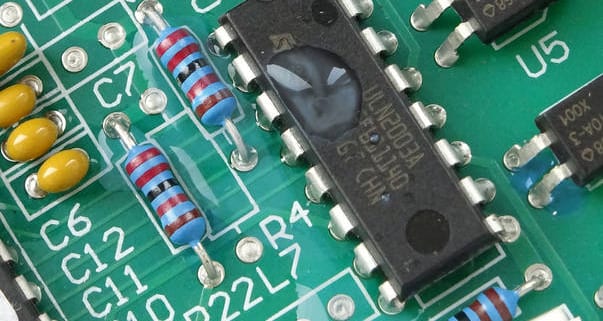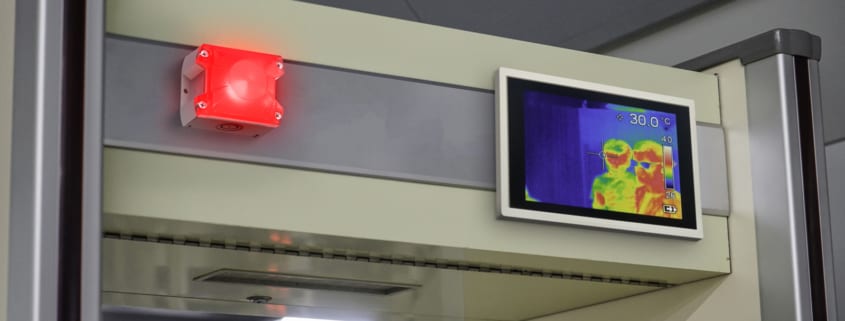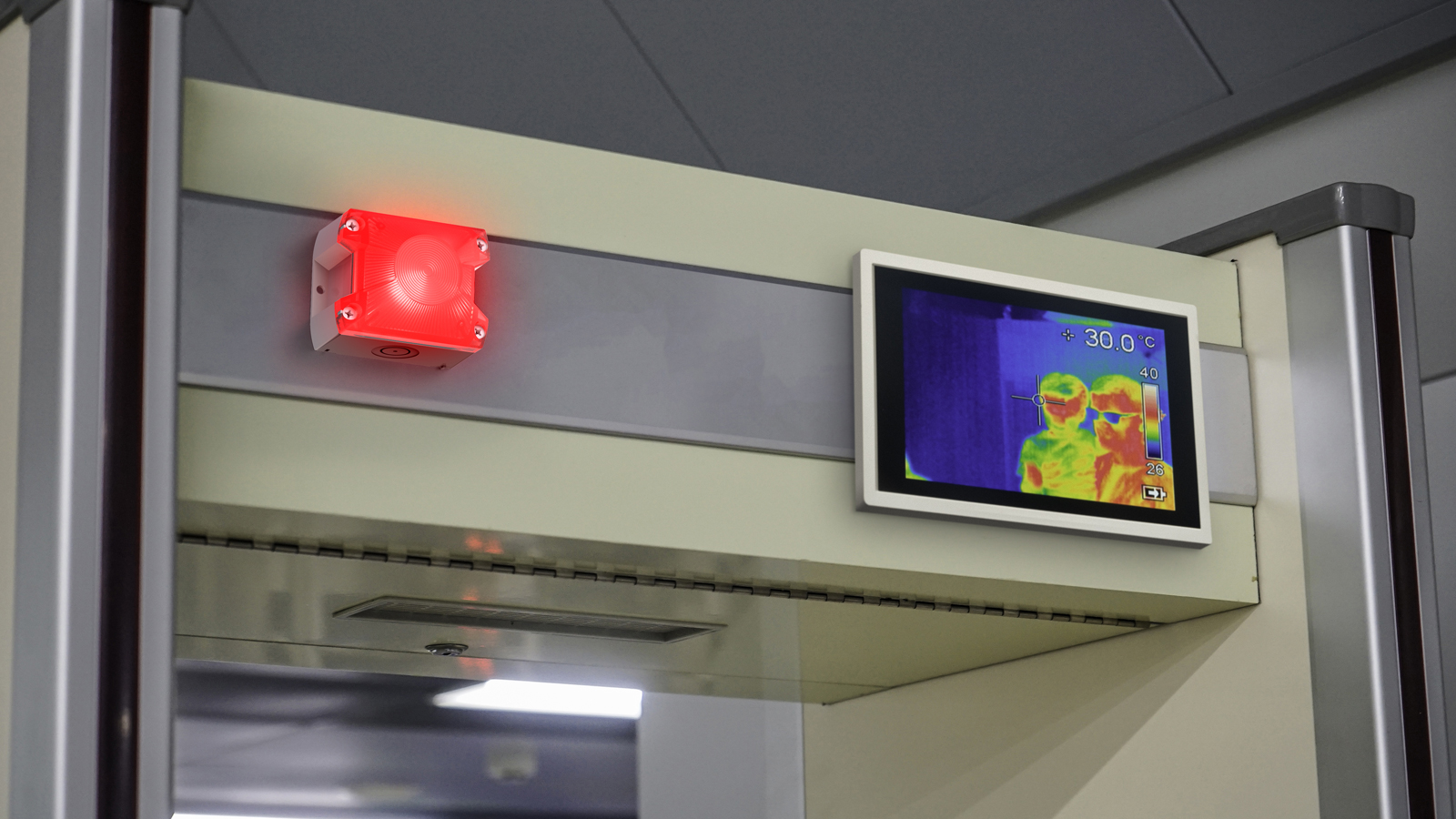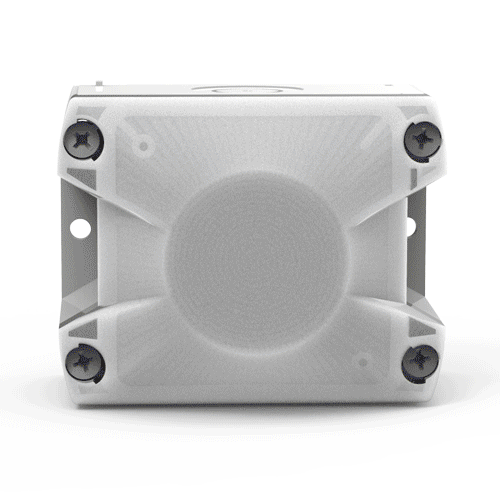Preventing Condensation in Electrical Enclosures
Condensation is the act of a substance transitioning from its gas form to its liquid form. Condensation is a common phenomenon in nature, and we have all seen condensation of water on a bathroom mirror or on the surface of a glass holding a cold drink. Condensation occurs when the temperature of a surface drops below the dewpoint temperature – a dynamic, not static, temperature point that depends upon the interplay between humidity and ambient temperature.
While condensation may look beautiful in the form of the morning dew, it can wreak havoc with valuable electronic equipment. This moisture can cause rust, corrosion, short circuiting and electric shock – proving at the least to be expensive and at the most to be dangerous.

How to prevent condensation in Electrical Cabinets?
Pfannenberg, which specializes in providing solutions for thermal management systems, has its finger on the pulse of how to prevent condensation in enclosures – such as electrical cabinets – that need to be kept free of moisture.
The first tip has to do with controlling the enclosure temperature. “Traditionally, in an enclosure, we are going to recommend keeping the temperature somewhere between the 85-degree and 95-degree Fahrenheit mark,” says Pfannenberg sales representative Adam Wells. “That generally represents a comfortable place for the electronics as well as for keeping it warm enough to avoid that dew point temperature.”
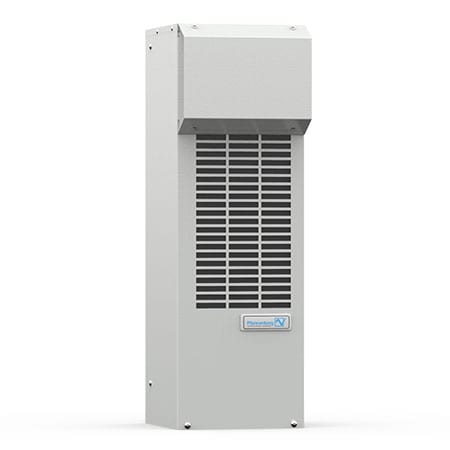
Pfannenberg experts also recommend using dehumidifiers in enclosures with high humidity or that are not completely sealed to prevent condensation. Typical dehumidifiers use a desiccant or some type of silica gel to wick moisture out of the air. Air conditioning units can also act to collect any condensate that may build up on the internal side of an enclosure and be dispersed into the environment with the help of a condensate evaporator.
Air conditioning units can also act to collect any condensate that may build up on the internal side of an enclosure and be dispersed into the environment with the help of a condensate evaporator.
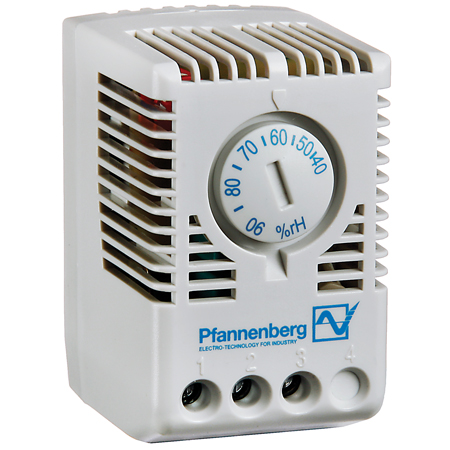
An unusual device known as a hygrostat can also be used to monitor the humidity levels in an enclosure. Originally made of horsehair, hygrostats are now made with synthetic hairs that expand and contract depending on the amount of water in the air. The same can be seen happening in human hair – for example when hair gets curlier on a humid day.
Another way to open the door to condensation is, literally, by opening a door. Pfannenberg sales representative Chris Marlow explains, “If you have an enclosure, and you have a cooling device in there, and you don’t turn off the device when you open the doors, you can get condensation build up inside that enclosure just from exposing air to that decrease in temperature.”
For more information on how to protect valuable electric equipment from condensation, visit Pfannenberg’s lively webinar discussion on this topic at https://register.gotowebinar.com/register/6751272280717546255.

